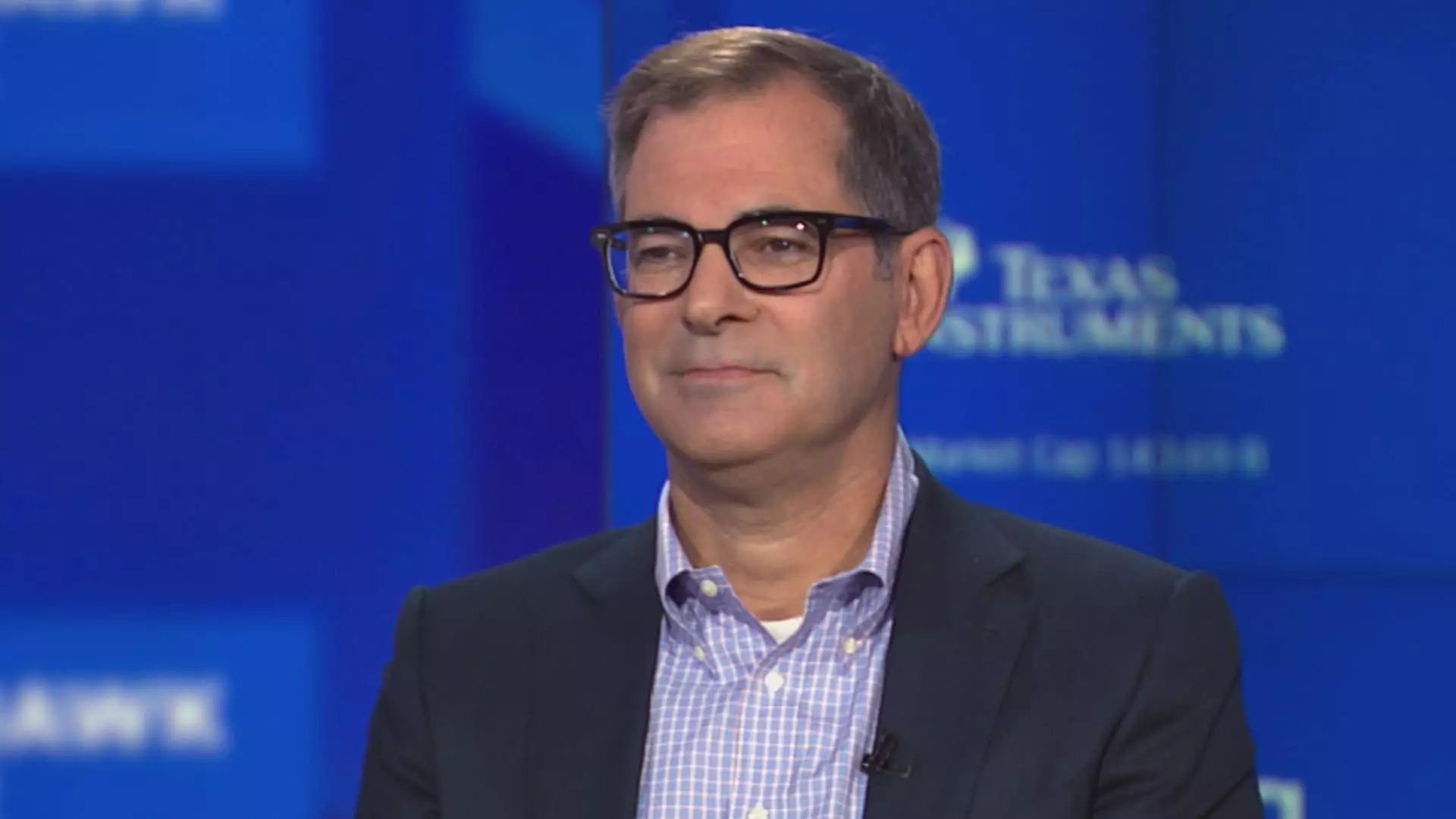In a world increasingly reliant on technology, few arenas have captured the collective enthusiasm and investment of both individuals and institutions as fiercely as artificial intelligence (AI). However, CoreWeave’s recent Initial Public Offering (IPO) serves as a sobering reminder that these exciting prospects are often intertwined with formidable challenges. The company’s CEO, Mike Intrator, famously remarked on CNBC’s Squawk Box about the “headwinds” affecting the broader market landscape. His assertion evokes a broader conversation about the economic conditions that seem to loom over many firms in today’s tech-driven economy.
A fundamental distrust from some investors indicates that market sentiment isn’t as buoyant as one might expect for a company providing access to Nvidia’s powerful graphics processing units (GPUs). The IPO’s price of $40—lower than its originally anticipated range of $47 to $55—represents a stark signal that even promising tech enterprises aren’t immune to external economic pressures. The skepticism that led to this diminished price reflects a troubling dynamic: investor confidence is down, and the road to recovery requires more than just robust technology solutions.
Underestimating Valuation and Market Readiness
The $1.5 billion raised through this public investment is substantial. However, it is essential to dissect the implications of a discounted IPO price in the context of valuation. At a $40 per share valuation, CoreWeave arrives at a non-diluted valuation of approximately $19 billion. Yet this figure is only impressive on paper. The absence of investor enthusiasm suggests a disconnect between the company’s perceived value and its actual market readiness.
The involvement of large strategic investors—reportedly just 10 to 15 in number—raises another concern. While these backers might convey a sense of reliability, a narrow base of support can create volatility in the stock’s performance. Investors have historically favored diversification and widespread backing as safeguards against risk. Fewer long-only institutional investors can imply over-reliance on a small cohort of supporters, risking instability should any one of them decide to withdraw their confidence.
In juxtaposition, Intrator remains optimistic about CoreWeave’s potential, claiming that as the public learns more about the company’s infrastructure, client relationships, and solutions, investor sentiment will improve. Unfortunately, optimism must be tempered with caution; the inherent volatility in high-tech stocks coupled with past inefficiencies could dissuade potential investors from engaging meaningfully.
Debt Dilemmas: A Looming Threat
An enabling environment for expansion is crucial for any tech company. Yet, CoreWeave’s nearly $8 billion debt load presents a formidable challenge for a company trying to expand its market share. While Intrator expresses intentions to utilize IPO proceeds for debt reduction and expansion, the burden of such high liabilities could cripple the very growth ambitions he champions. How can a company positioned for expansion manage such a formidable weight without compromising operational agility and innovation?
Moreover, the administrative blunders related to a $7.6 billion loan and accompanying technical defaults cast doubt on the company’s financial management capabilities. While Intrator’s public acknowledgment of these issues might suggest transparency, the mishandling of funds is alarming. If CoreWeave struggles to operate effectively under the strain of its current obligations, stakeholders might begin to question whether mismanagement could thwart the firm’s public aspirations, reversing any gains made through expanded investor awareness or technical competence.
The current climate indicates that innovations in tech can only carry a company so far; without effective fiscal management and investor confidence, all the cutting-edge technology in the world cannot shield a company from looming collapse.
Building Stronger Foundations
As CoreWeave continues to navigate an unpredictable landscape shaped by economic uncertainty and internal scrutiny, the expectation remains that it can pivot to solidify its foundation and rise above challenges. The urgent call to expand sees Intrator positioning his vision on growth; however, investors will be scrutinizing every move.
It’s now incumbent upon the company to demonstrate that it can not only deliver innovative solutions but also fortify its financial footing. A informed investor base will only emerge when transparency, fiscal management, and technological advancement align. Until then, CoreWeave stands at a critical juncture, caught between vast potentials and substantial pitfalls—an uncomfortable reality within a promising sector.

